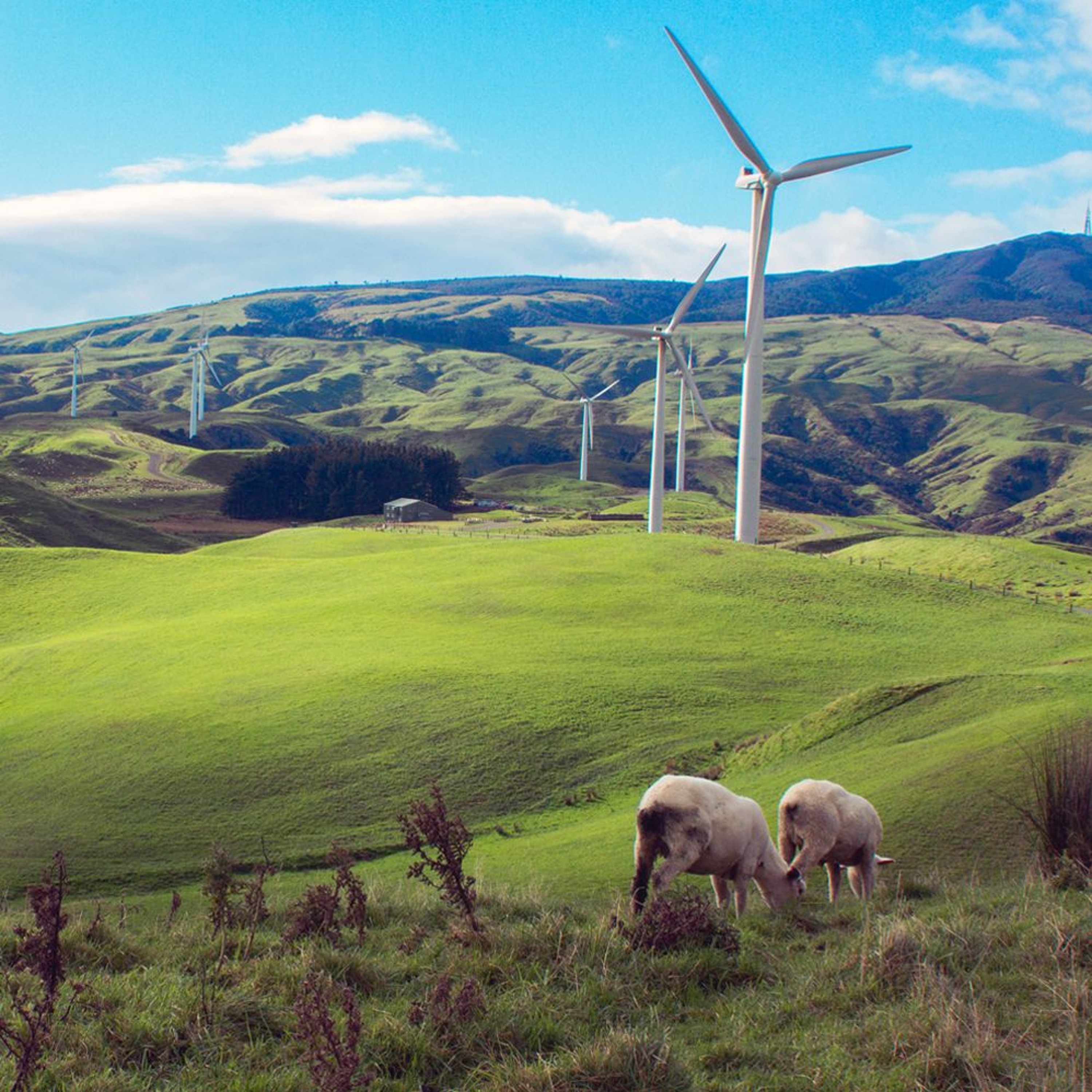- Government
- SEE MORE
- classical
- general
- talk
- News
- Family
- Bürgerfunk
- pop
- Islam
- soul
- jazz
- Comedy
- humor
- wissenschaft
- opera
- baroque
- gesellschaft
- theater
- Local
- alternative
- electro
- rock
- rap
- lifestyle
- Music
- como
- RNE
- ballads
- greek
- Buddhism
- deportes
- christian
- Technology
- piano
- djs
- Dance
- dutch
- flamenco
- social
- hope
- christian rock
- academia
- afrique
- Business
- musique
- ελληνική-μουσική
- religion
- World radio
- Zarzuela
- travel
- World
- NFL
- media
- Art
- public
- Sports
- Gospel
- st.
- baptist
- Leisure
- Kids & Family
- musical
- club
- Culture
- Health & Fitness
- True Crime
- Fiction
- children
- Society & Culture
- TV & Film
- gold
- kunst
- música
- gay
- Natural
- a
- francais
- bach
- economics
- kultur
- evangelical
- tech
- Opinion
- gaming
- College
- technik
- History
- Jesus
- Health
- movies
- radio
- services
- Church
- podcast
- Education
- international
- Transportation
- Other
- kids
- podcasts
- philadelphia
- Noticias
- love
- sport
- Salud
- film
- and
- 4chan
- Disco
- Stories
- fashion
- Arts
- interviews
- hardstyle
- entertainment
- humour
- medieval
- literature
- alma
- Cultura
- video
- TV
- Science
- en
Australia, New Zealand have green policies but neither has reached its renewable-energy potential

Strong and consistent incentives and greater policy stability and coordination between levels of government are needed to engender green energy financing in New Zealand and Australia, according to the Asian Development Bank Institute. \n\nNew Zealand, on the face of it, looks impressive with a generating mix of over 80% renewables, but this is largely the legacy of state intervention in decades past and masks high per-capita greenhouse gas emission due to intensive agriculture. Much more could be done to encourage distributed generation (such as houses with rooftop solar panels) and electrification of transport. \n\nAustralia, however, still has a system dominated by coal, and although it has had more policies to promote renewables, their effect has been muted: renewables\u2019 contribution stands at just 17%. The reasons: political instability and policy fragmentation between state and federal administrations. Commitment to energy transition is lacking across all parties and regulators.\n\nRead the transcript\nhttps://bit.ly/2L0ZNsB\n\nRead the working paper\nhttps://www.adb.org/publications/green-energy-finance-australia-and-new-zealand\n\nAbout the authors\nIvan Diaz-Rainey is co-director at the Otago Energy Research Centre and associate professor of finance at the Department of Accountancy and Finance, University of Otago, New Zealand.\nGreg Sise is managing director at Energy Link in Dunedin, New Zealand.\n\nKnow more about ADBI\u2019s work on green energy\nhttps://bit.ly/2KNcWtz\nhttps://bit.ly/2u6kZXF